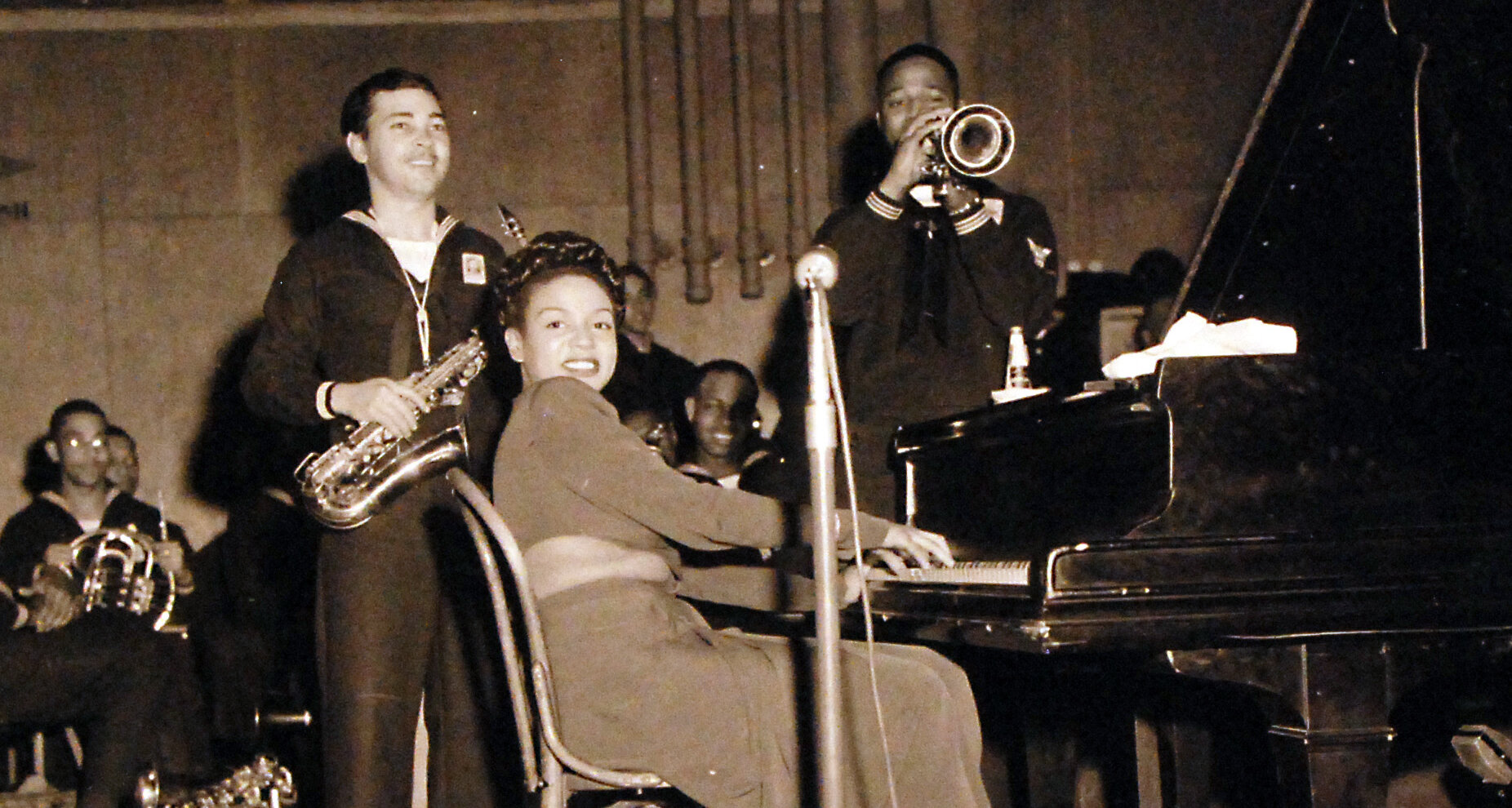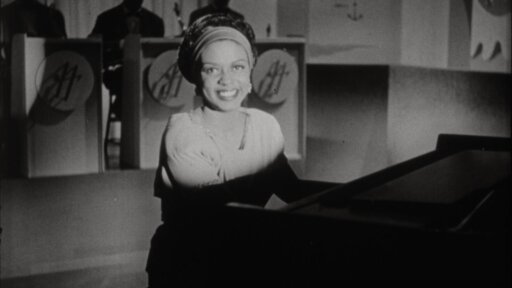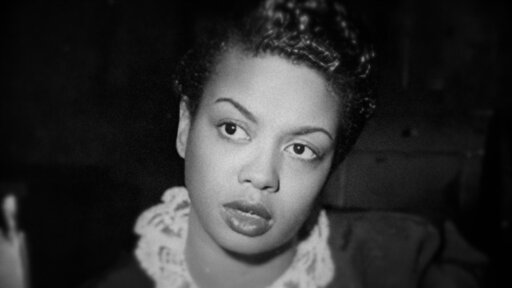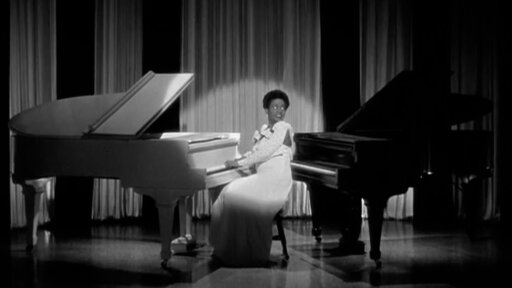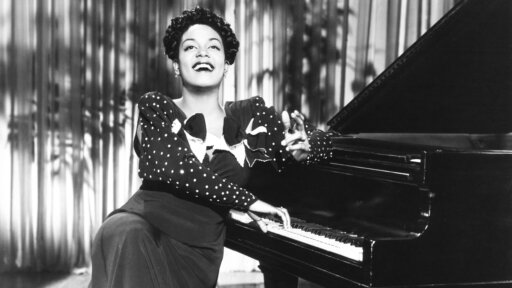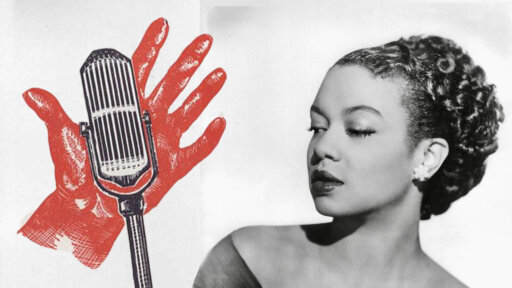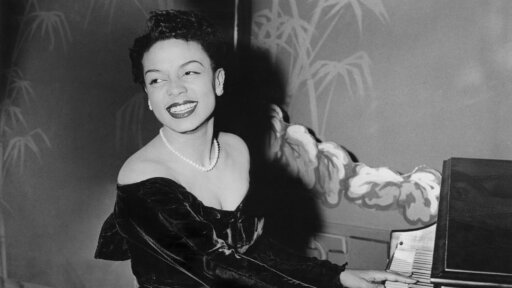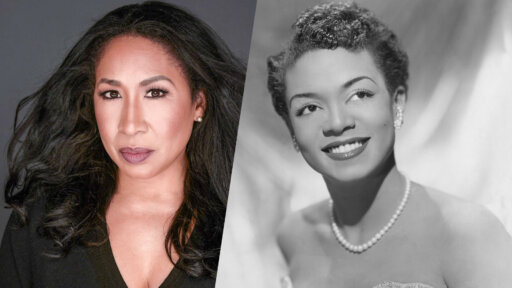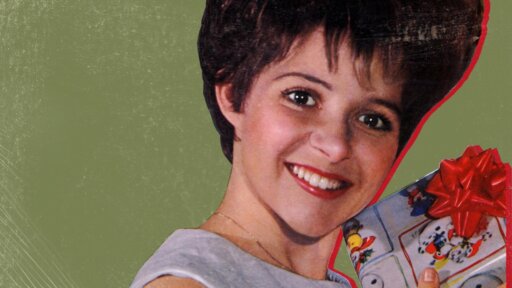When I think of Hazel Scott, the virtuosic pianist, television personality and civil rights advocate, the words “jazzing” and “swinging” don’t come to mind.
Because while those verbs are associated with Scott, they don’t capture the brilliance she set upon the keys, the mastery in her hands, the grace and courage it took to broaden the sounds of classical and Black experimental music in the 1930s and 40s. To tread such rooted ground at any time is an act of fortitude, but to do it then as a Trinidadian American woman required an almost-absurd level of self-confidence. So when I consider Scott, I wrestle with bigger, more accurate descriptors: shifting, innovating, exploring. To say that she “jazzed” or “swung” anything is to minimize the impact of what she did, as if Scott were a novelty and not the firebrand we know her to be. Still, it’s the “why” I can’t fathom:
Why is Scott not revered with the same gusto as her contemporaries?
Why, as Scott biographer Karen Chilton once pondered for WRTI, is she a name that many simply didn’t know? Why, within the spectrum of Black experimental music, was one of its strongest purveyors allowed to drift into obscurity despite her contributions to art and civil rights? Even as I ponder these questions, I realize the answers are right there in plain view. Scott was a woman — a Black woman — doing things the world hadn’t seen, fighting for equality that others didn’t want, revolutionizing music that some didn’t want to evolve. It’s tough to be outspoken now let alone then, but history is kind to the risk takers who never fully smelled the flowers when they were alive, who weren’t afraid of disrupting a system that was never going to embrace them. That we’re talking about Scott today further solidifies her genius.
Hazel Dorothy Scott was born in Port of Spain, Trinidad on June 11, 1920, to a mother, Alma, a pianist and saxophonist, and a father, R. Thomas, a West African scholar from England. By the time she was three, Scott could play piano by ear. Once her parents split, Scott lived with her mother and grandmother in New York City, where she learned music from Fats Waller, Art Tatum and Lester Young, all of whom befriended Alma through her work in the scene.
A prodigy, Scott auditioned for Julliard when she was eight, far younger than the usual audition age, and wowed the professor Oscar Wagner with her rendition of Rachmaninoff’s “Prelude in C-Sharp Minor,” who awarded Scott a scholarship and taught her privately. As a teenager, she joined her mother’s ensemble, then debuted as a solo talent opposite Count Basie’s big band. All this while she was still in high school, which she graduated with honors.
If there was a genesis for when Hazel Scott broke through, it happened in 1939, at Café Society in Greenwich Village, the city’s first integrated nightclub. The singer Billie Holiday had a residency there, and when she ended it almost a month early, she demanded Scott be her replacement. After a run of standout performances, she was dubbed the “Darling of Café Society,” after patrons took to Scott’s mix of classical and jazz: She’d start the composition by playing a classical piece, then would add jazz-centric runs to the songs, landing on music that didn’t land squarely on either genre.
Take “Waltzes, Op.64: II: Tempo giusto in C Sharp Minor” as an example: Scott opens the song with melancholic chords, filling the air with sophisticated calm. Then the drums kick in, and with a quickened pace, Scott makes the track modern, skipping through mid and upper registers with the utmost dexterity. It still sounds like a classical tune, but a lot more fun. It reminds me of what you see on social media every so often, where someone posts an old Thelonious Monk piano solo and chops it to show how the rap beatmaker RZA sampled it.
Except Scott was sampling classical in real time, and long before sampling was a thing anyone knew about. She also predates someone like Jon Batiste, the award-winning pianist, whose recent album Beethoven Blues mixed Ludwig van Beethoven’s work into blues-driven compositions rooted in his Louisiana upbringing, while also taking rap and R&B into account. Scott didn’t have the luxury of pulling from such genres; she had to create a new canvas on which others could paint later.
Scott was also an acclaimed actress who fought for dignified roles in Hollywood and equal pay to that of white actors. It’s been said that, after turning down roles to play singing maids, she appeared as herself in a handful of films, which rankled industry figureheads and halted her acting career by 1945. As a musician, Scott refused to perform for segregated audiences, and soon had her own national television show, a weekly program that was canceled quickly under dubious circumstances.
By 1957, Scott was living in Paris, a hot spot for Black American jazz musicians who wanted to escape overt racism in the United States. She went back to the U.S. a decade later, to a musical landscape no longer into the sound she conceptualized all those years ago. But Scott still performed and recorded music to much smaller audiences. More than 40 years after her passing in 1981, the music she released at her height still resonates.
It remains somewhere in the future, just beyond comprehension, escaping the right adjectives to box it up neatly. It just is because she just is: abundant, profound, fearless.
The views and opinions expressed in this article are those of the writer.


